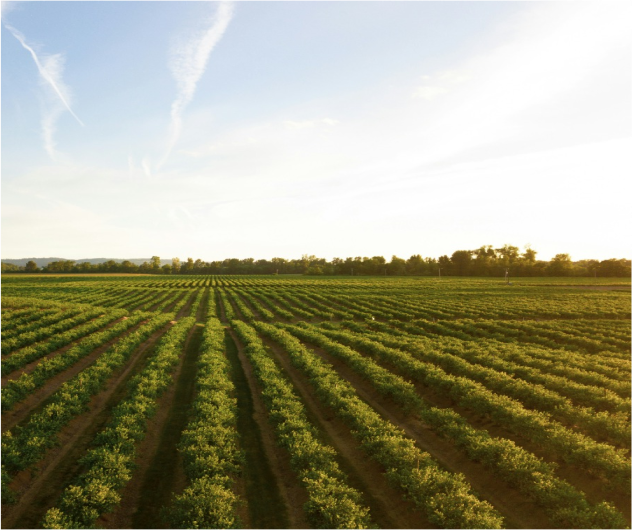

At the core of our mission is the vital significance of regenerative farming and permaculture ethics. These principles illuminate our path towards sustainable agriculture and flourishing food forests. Regenerative farming heals the land from past agricultural practices, nurturing its inherent vitality.
Permaculture ethics guide our actions, ensuring abundance while respecting the delicate balance between humanity and the environment. Through their harmonious integration, we fulfill our commitment to leaving the earth healthier and more resilient for future generations to thrive upon.

Environmental stewardship prioritizes ecosystem health through regenerative farming, restoring soil fertility, fostering biodiversity, and fortifying natural resilience for future sustainability.

prioritizing human well-being through collaboration with co-farmers and local communities, fostering health, happiness, and harmony for sustainability.






Through regenerative farming, we cultivate a symbiotic relationship with nature, facilitating land revitalization. Guided by permaculture principles, we design systems that echo nature's harmony, reinstating equilibrium and vitality to ecosystems afflicted by degradation, fostering a seamless restoration process for sustained ecological health.


1. Site Evaluation and Layout: Assess soil quality, climate conditions, and planting zones.
2. Crop Selection: Choose a variety of resilient species suited to the environment and ecosystem.
3. Guild Formation: Organize plants into mutually beneficial groupings to enhance growth.
4. Companion Planting: Pair plants strategically to optimize their symbiotic relationships.
5. Soil Preparation and Planting: Ready the soil and plant accordingly, respecting plant growth.
6. Mulching and Irrigation: Apply mulch and water appropriately to promote healthy plant growth.
7. Continuity and Conservation:Plan for continuous harvests and monitor ecosystem health.
8. Harvesting and Utilization:Gather crops sustainably and use them efficiently.
9. Education and Adaptation:Learn from ecosystem feedback and adjust practices accordingly.